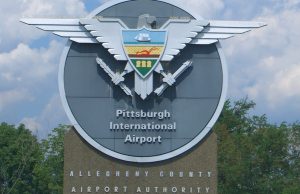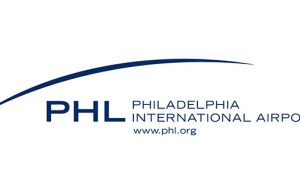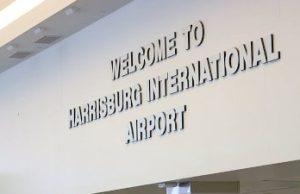How Many Airports are There in Pennsylvania?
In Pennsylvania, air travel is very popular. Between 20 and 60 M people take a flight to or from Pennsylvania-based destinations during the year. This corresponds to 2.5% of all the air travelers arriving or departing at U.S. airports. Such a load prompts the creation of the developed network of Pennsylvania airports. Presently, there are over 600 airfields in the state including 124 airports opened for public use. There are also more than 500 private airfields for airplanes and helicopters.
Two-thirds (about 40 M travelers) of all Pennsylvania air traffic is handled by two major airports: Philadelphia International Airport (PHL) and Pittsburgh International Airport (PIT). The state has 9 hubs rated as «large», «medium», and «small.» PHL is the airport with the largest traffic (over 15 M air travelers annually) and territory. However, its timings are below average U.S. ones. 76.41% of arrivals and 77.69% of departures are performed on time at the airport. John Murtha Johnstown–Cambria County Airport (JST) takes the opposite position on the list of biggest airports in Pennsylvania. JST sees a lot of military aircraft activities but also provides commercial service through a single airline. Its annual traffic is about 4,000 passengers.




